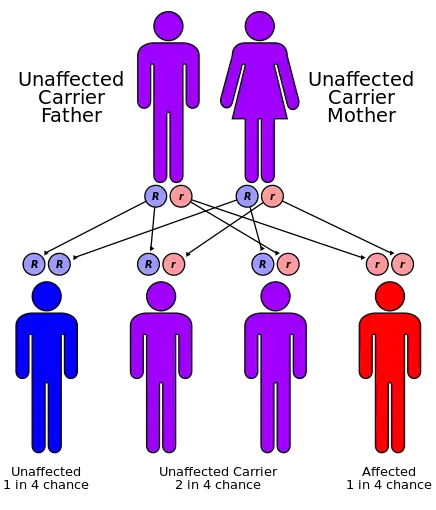Craniosynostosis and dental anomalies
| Craniosynostosis and dental anomalies | |
|---|---|
| Other names | CRSDA Kreiborg-Pakistani syndrome |
 | |
| Autosomal recessive inheritance | |
| Specialty | Medical genetics |
Craniosynostosis and dental anomalies (CRSDA, also known as Kreiborg-Pakistani syndrome) is an autosomal recessive syndrome characterized by craniosynostosis, maxillary hypoplasia, and dental anomalies. Dental anomalies seen in this condition include malocclusion, delayed and ectopic tooth eruption, and/or supernumerary teeth. Syndactyly, clinodactyly, and other digit anomalies may also be present.[1][2][3]
Signs and symptoms
Features of this condition include, by area affected:[1][3]
- Head or neck: convex nasal ridge, delayed tooth eruption, dental crowding, dental malocclusion, depressed nasal bridge, downslanted palpebral fissures, flat forehead, high forehead, high palate, mandibular prognathia, midface retrusion, narrow palate, sloping forehead, supernumerary teeth, and wide nose
- Limbs: two or three-toe syndactyly, broad hallux, clinodactyly, hallux valgus, short phalanx of finger
- Eyes: hypertelorism, pailledema, proptosis
- Immune system: chronic otitis media
- Integument: fingernail dysplasia
- Musculoskeletal system: brachycephaly, coronal synostosis, dolichocephaly, flat occiput, frontal bossing, maxilla hypoplasia, scaphocephaly, metopic synostosis, oxycephaly, prominent metopic ridge, sagittal craniosynostosis, trigonocephaly, turricephaly
- Nervous system: Chiari malformation, seizures, syringomelia
- Ears: absent malleus, conductive hearing impairment, stapes ankylosis
- Growth: short stature
Causes
CRSDA is caused by homozygous or compound heterozygous mutations on the IL11RA gene in the short arm of chromosome 9.[1][3]
See also
References
- 1 2 3 "Craniosynostosis and dental anomalies (Concept Id: C3280073)". www.ncbi.nlm.nih.gov. Retrieved 2023-09-14.
- ↑ "#614188 - CRANIOSYNOSTOSIS AND DENTAL ANOMALIES; CRSDA". www.omim.org. Retrieved 2023-09-14.
- 1 2 3 "Craniosynostosis and dental anomalies - NIH Genetic Testing Registry (GTR) - NCBI". www.ncbi.nlm.nih.gov. Retrieved 2023-09-14.
This article is issued from Offline. The text is licensed under Creative Commons - Attribution - Sharealike. Additional terms may apply for the media files.